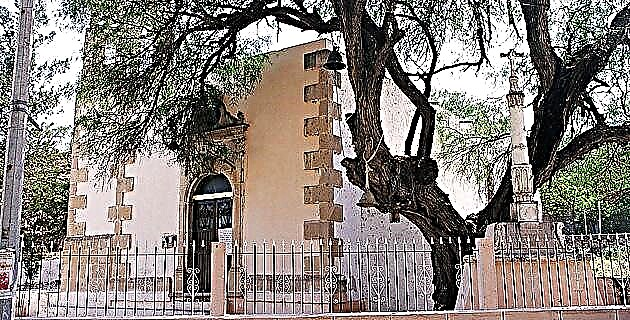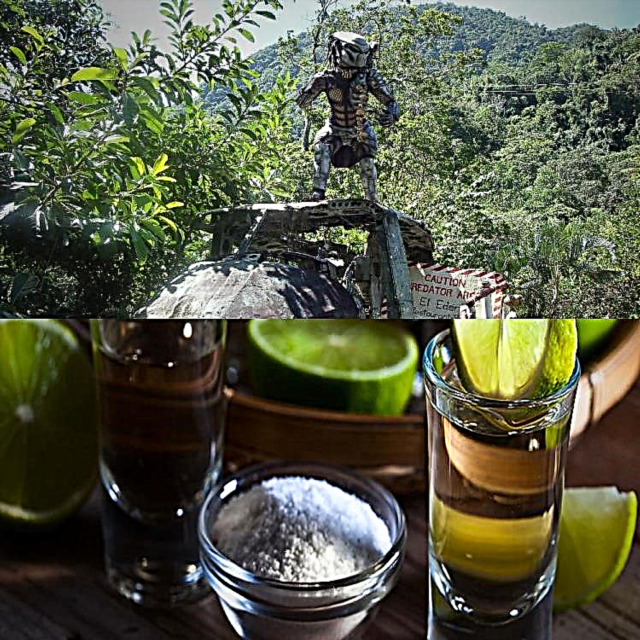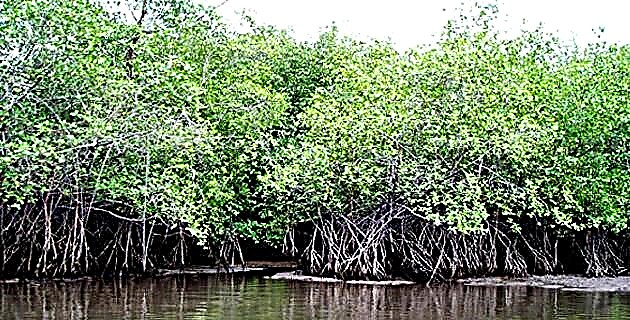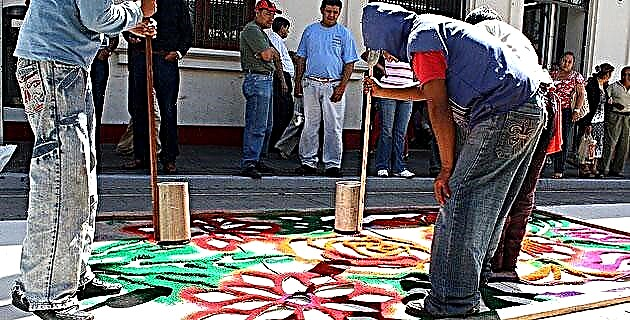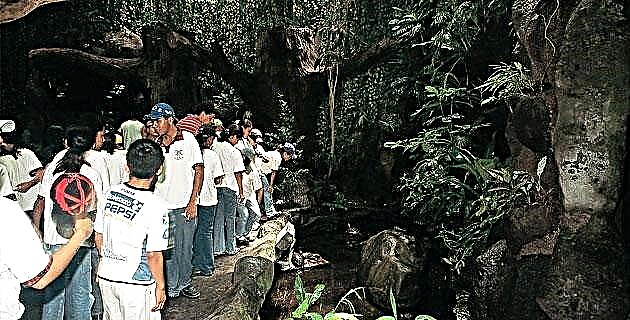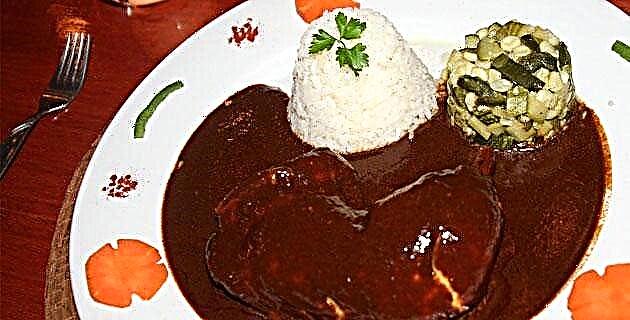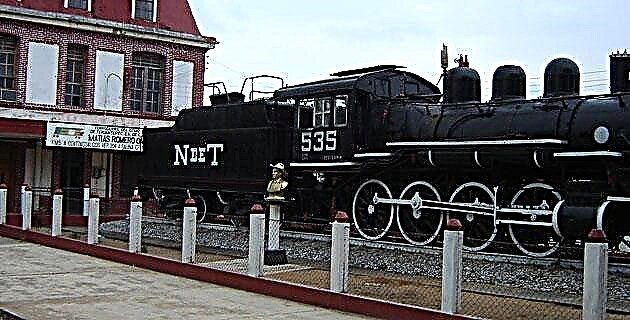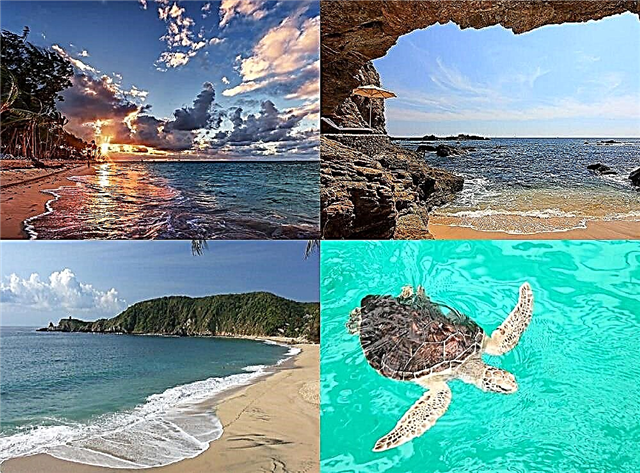Mazunte is a beachy and ecological gem on the Oaxacan coast. We invite you to know the Magic Town of Oaxaca with this complete guide.
1. Where is Mazunte located?
Mazunte is an Oaxacan coastal town in the Mexican Pacific, belonging to the municipality of San Pedro Pochutla and located 22 km. from the municipal seat of the same name, which is located inland towards the northeast. The name of the town is the same as that of a red and blue crab that lives on the coast. Mazunte is located a short distance from other important destinations on the Oaxacan coast, located a few kilometers from San Agustinillo, Zipolite Beach, Punta Cometa and Puerto Ángel, to mention only the most immediate. Oaxaca City is 263 km away. north of the Magic Town.
2. How did the town arise?
The pre-Hispanic name of Mazunte means "let me see you spawn" in Nahua language, due to the large number of turtles that spawn on its beaches. The original town was founded by the Zapotecs in 1600 and the modern town received an economic boost in the 1960s through the indiscriminate exploitation of sea turtles. In the 1990s, the town was redirected towards more self-sustaining economic activities, such as tourism and some environmental projects. In 2015, Mazunte was incorporated into the system of Magical Towns to stimulate the tourist use of its beauties and its ecological activities.
3. What climate does Mazunte have?
Mazunte has a tropical climate, registering an annual average temperature of 27.4 ° C. The thermometer shows few seasonal variations in Mazunte, since in January it marks an average of 26.9 ° C; in April 27.4 ° C; and in August, which is the hottest month of the year, it is 28.2 ° C. The temperature peaks in summer are of the order of 34 ° C, while in winter they are close to 19 ° C. The rainfall regime is very well defined; It rains 727 mm a year, almost all between May and October.
4. What are the main things to see and do in Mazunte?
Mazunte and its surroundings have beaches that are among the most welcoming and naturally best equipped in the Pacific of Oaxaca. The town has a long history around sea turtles, first leaving them on the brink of extinction and then recovering them through a formidable ecological work in which the Mexican Turtle Center stands out. Mazunte is home to several annual festivals of tourist and cultural interest, which attract thousands of visitors to the town, including the International Jazz Festival, the International Circus Festival and a nudist festival. A few kilometers from Mazunte you will find charming beaches and places of cultural interest such as Punta Cometa, Zipolite Beach, San Agustinillo and Puerto Ángel.
5. What are the town and beaches of Mazunte like?
Mazunte is a picturesque beachfront town at the foot of the Sierra Madre del Sur. Between the town and the beach is the Avenida or Paseo de Mazunte, which is the main street from a commercial point of view. By government regulation, residential houses and other establishments in Mazunte must be built in harmony with the environment. Mazunte has a wide beach and a cove to the west where comfortable hotels have been installed that provide all the services so that visitors have an unforgettable stay. From the main beach of Mazunte you can organize your walks by sea or land to see the beaches and other places of interest in the surroundings.
6. What is the history of the turtles in Mazunte?
The beaches of Mazunte are used by the olive ridley or olive turtle, the smallest of the marine chelonians, to spawn. Hundreds of turtles come to the beaches at night and lay their eggs in concert with certain lunar stages. These banquettes receive the local name of morriñas. The olive ridley turtle massacre began in Mazunte on the beach of San Agustinillo in the 1960s, when a Spanish businessman settled to enrich himself by selling his meat, shells, bones and eggs. The slaughter of turtles lasted more than 30 years and reached 2,000 specimens per day, until environmental awareness began and the slaughterhouse was closed.
7. What can I see at the Centro Mexicano de la Tortuga?
After the closure of the slaughterhouse, in the search for sustainable alternatives for the maintenance of the community, one of the projects developed at the beginning of the 90s was the creation of the Mexican Turtle Center. It opened its doors in Mazunte, next to the beach, in 1994, as an aquarium and research center for sea turtles. It houses all the species of sea turtles that live in Mexico, in addition to some freshwater and land specimens and its central aquarium is one of the great tourist attractions of Mazunte. In the incubators, the eggs collected on the beaches are protected until the hatchlings hatch, which are released once they reach the appropriate size.
8. When is the International Jazz Festival?
This musical gathering takes place in Mazunte during the last weekend of the month of November, from Friday to Sunday, within the framework of National Conservation Week. National Conservation Week is an event of national scope coordinated by the National Commission for Protected Natural Areas, with the aim of promoting ecology and the preservation of the environment. In Mazunte, apart from the jazz festival with the participation of bands of national and international renown, there are musical clinics, art exhibitions, gastronomic and artisan fairs, and the liberation of hatchlings.
9. What do you present at the International Circus Festival?
Another event that is gaining momentum to promote Mazunte is the International Circus Festival. It takes place between the end of February and the beginning of March and circus specialists from different parts of the world meet there. In the 5 editions of the festival that have taken place until 2016, characters and circuses from Mexico, the United States, South America and Europe have participated, presenting illusionism, acrobatics and other circus acts. Lectures and workshops on circus creativity are also offered.
10. What can I do in Playa Zipolite?
This beach is 6 km away. east of Mazunte, within the municipal limits of San Pedro Pochutla. "Zipolite" means "beach of the dead" in the Zapotec language, since according to legend, this town buried the bodies on the beach. Another version indicates that the name means "Place of snails." The beach of Playa Zipolite is fine-grained and the coastline defines a half-moon profile along its length. The swell is between moderate and intense throughout the year and there are also somewhat powerful underwater currents, particularly during the rainy season. Zipolite is the only "legally" nude beach in Mexico and has hosted an international festival on the practice.
11. How is the nudist festival?
Perhaps Playa Zipolite was the "beach of the dead" of the Zapotecs, but now the sand is very alive; so much so that it is the only one in Mexico where it is allowed to be as one came into the world. Between February 3 and 5, 2017, Zipolite hosted a nudist festival, an event called Latin American Nudism Encounter, organized for the enjoyment of "naturists" and to make the beautiful Mexican beach known to the world. Argentine, Brazilian, Mexican, Uruguayan and other strippers from other Latin American countries participated. The festival rotates between countries and it is not all about being naked. There is also nude yoga, theater, concerts, dances and other activities. If you like nudism, you should be attentive to the next events in Zipolite.
12. What is the interest of Punta Cometa?
3.3 km. Of the population of Mazunte is Punta Cometa, the most prominent point of the country in the South Pacific, which makes it a place of geographical reference, especially for navigation. Punta Cometa is a sacred hill and a ceremonial center, considered a place of healing since pre-Hispanic times. Many Mexicans and foreign tourists travel to Punta Cometa in search of priests and world spiritual personalities such as the Dalai Lama, they have been interested in the place, sending offerings. From Punta Cometa you have a fantastic visibility of the ocean and it is the best point to observe the humpback whales.
13. How is the migration of humpback whales?
The humpback whale is one of the largest cetaceans in nature, being able to reach 16 meters in length and 36 tons in weight. It has a very peculiar shape, with two long fins and it is a very acrobatic animal, so watching it swim is a delight. They migrate from the polar areas to the tropics, in search of warm waters to reproduce, traveling up to 25 thousand km. Punta Cometa is a geomagnetic landmark used by the natural "GPS" of humpback whales on their way south between December and March, and is the best place in the South Pacific to observe them a few dozen meters from the coast.
14. What stands out in San Agustinillo?
The small community of San Agustinillo is located one kilometer from Mazunte, in the municipality of Santa María Tonameca. The town was founded in the 1960s and for three decades the main activity of its inhabitants was working in the turtle slaughterhouse. San Agustinillo has three small coves that are one kilometer long in total and border Mazunte to the west. The beaches are used for surfing and on their shores there are hotels, restaurants and tour operators that offer walks to observe marine biodiversity and rafting through the nearby rivers.
15. What is the attraction of Puerto Ángel?
It is a nice little horseshoe-shaped bay located 10 km away. east of Mazunte, where the town and two beaches are located. The beaches, Principal and Panteón, are buckled by rocks and boulders that protect them from the currents of the open sea, making them ideal for safe swimming. The waters are greenish and bluish tones, and rich in marine fauna, to the delight of divers and snorkelers. In Puerto Ángel there is an intense artisanal fishing activity and the cove is generally dotted with fishing boats that bring to the mainland the fresh fruits of the sea that are consumed in many restaurants around.
16. What are the main festivals in Mazunte?
The town of Mazunte venerates the Patron Saint of Esquipulas, whose festivities are on January 15. During the festival there are, among other activities, musical concerts, folk dances, profusion of fireworks, a regional gastronomic festival and handicraft samples. In Mazunte, the Spring Equinox Festival is also organized, a cultural event with pre-Hispanic reminiscences. It takes place around March 21 or 22 and stands out for its sample of dances of all kinds, such as pre-Hispanic, folkloric, belly dance and break dance. At Punta Cometa, pre-Columbian rituals and energy recharges are performed.
17. How are the crafts and the local gastronomy?
The main crafts of Mazunte are necklaces, bracelets, bangles and other ornaments made with beach shells, and they also carve pieces of wood. The local gastronomy revolves around fish, shellfish, mollusks and other oceanic species, caught by artisan workers. However, if you fancy a traditional Oaxacan inland meal, such as mole negro, tlayudas, caldo de piedra, or chapulines, the good restaurants along the coast will surely be able to please you. Although hot chocolate is not a beach drink, you will not miss it in Mazunte, accompanied by a sweet bread.
18. What are the best hotels?
The offer of hotels on the Oaxacan coast is wide and it is difficult to make a selection. The Casa Pan de Miel Hotel, near the Mexican Turtle Center, has a wonderful view and excellent service. OceanoMar, on Mermejita beach, has spacious and comfortable rooms and warm service. ZOA Hotel, on the main beach, has nice rooms, a nice pool and exquisite food. Other good hotel selections in Mazunte are Posada Ziga, El Copal and Altamira.
19. What restaurants do you recommend?
Estrella Fugaz has a Mexican, marine and international menu, and is praised for its seafood broths, cebiches and fish fillets, in addition to its reasonable prices. Siddhartha serves seafood, Italian and international food, and guests rave about the garlic fish of the day. Alessandro offers Italian dishes and Mediterranean food, in a small menu but with delicious dishes. You can also go eat at La Cuisine, La Empanada and Lon Tou.
We are sorry to have to finish this wonderful informative walk through Mazunte. It only remains for us to wish you the happiest of stays in the Oaxacan Magic Town.

